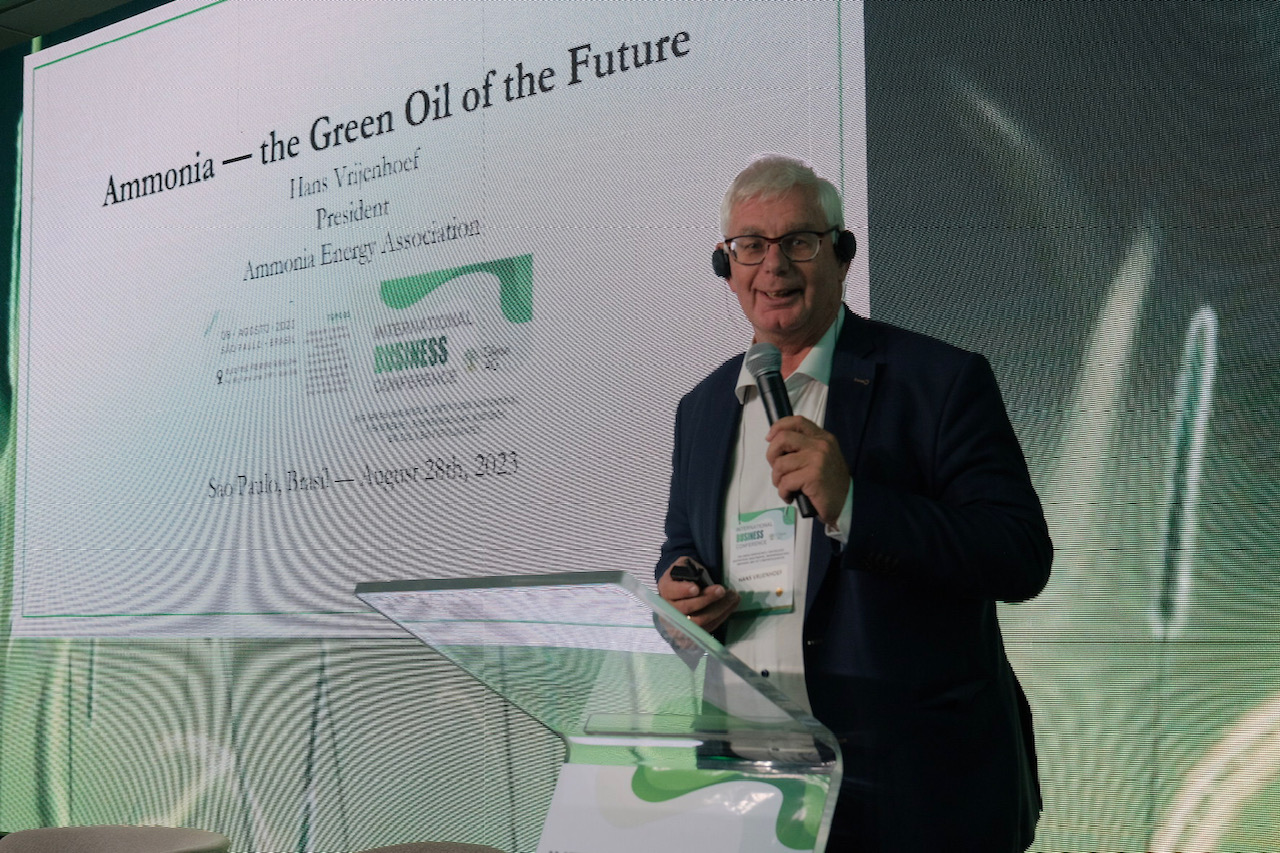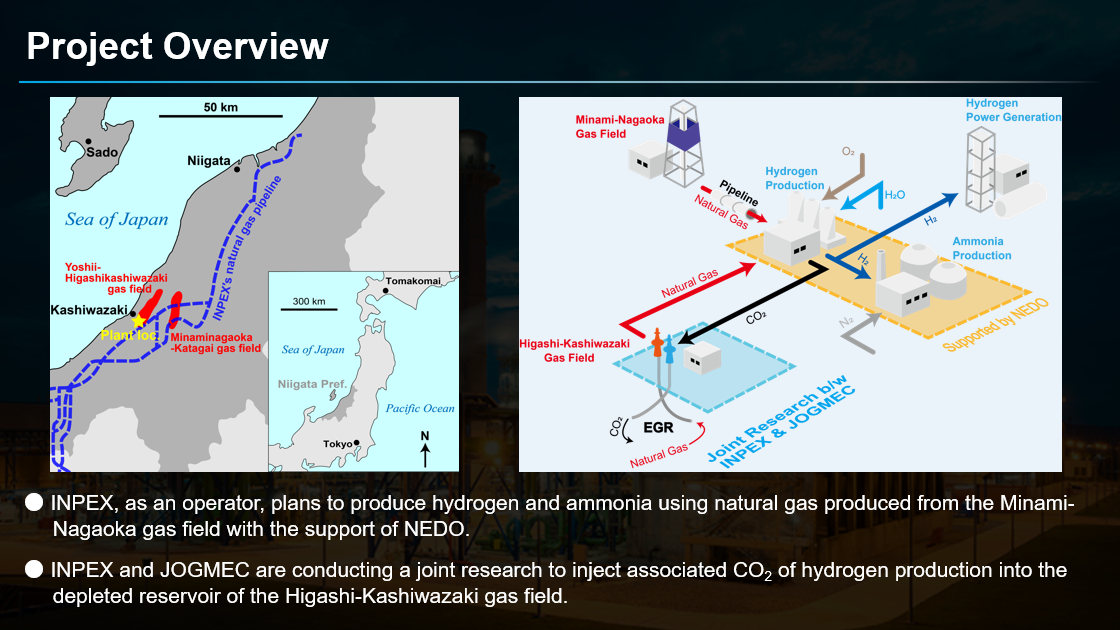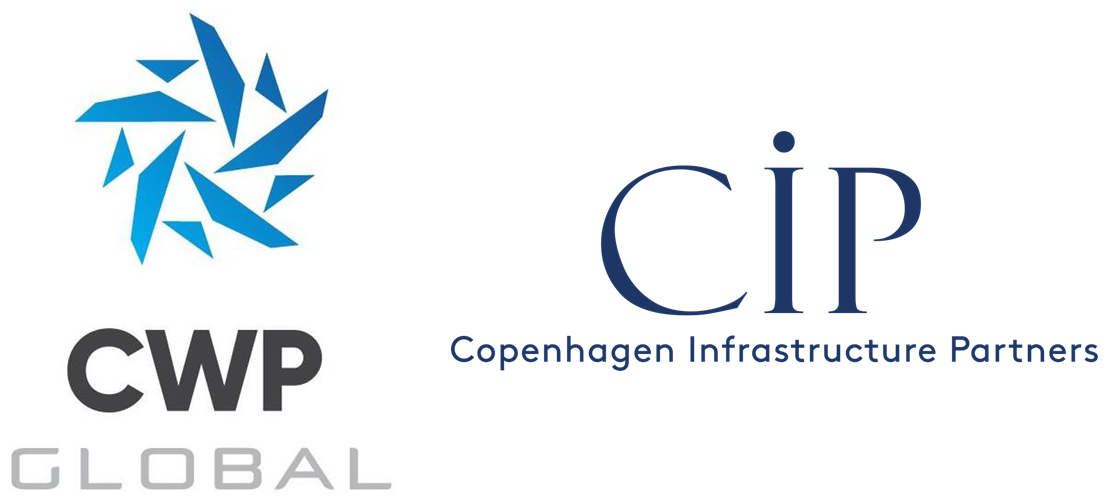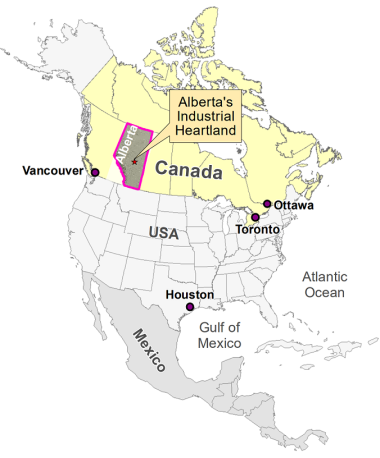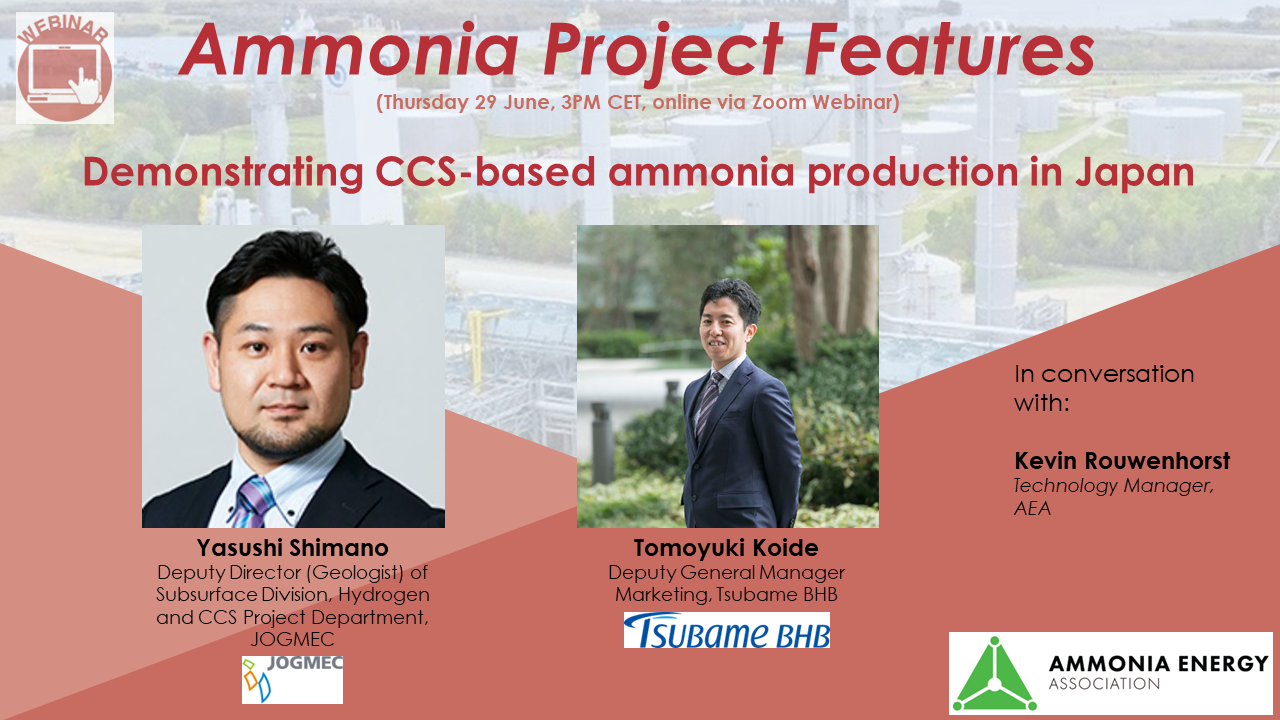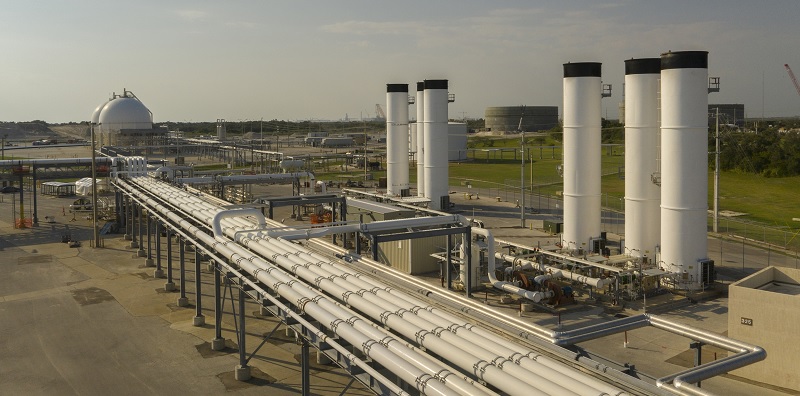CF Industries & POSCO: US-based ammonia production for the Asian market
CF Industries & POSCO will commence a FEED study on CCS-based ammonia production at CF’s Blue Point Complex in Louisiana as part of a potential joint venture in low-carbon ammonia production, with long-term offtake to South Korea.

